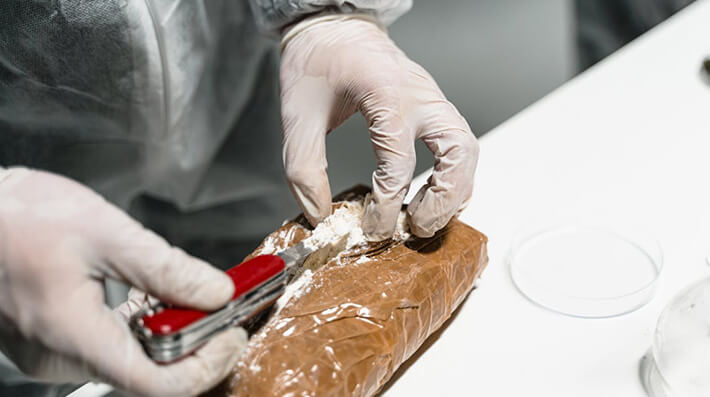What have you heard about cocaine? Cocaine is an active drug that is very addictive when taken. It heightens your alertness, energy, and attention span. Yes - it is illegal to handle this kind of addictive drug in the United States. There are a bunch of names given to cocaine. It can be called just a stimulant, or "coke,” “crack,” “Snow,” “rock,” or “blow.”
Ok, here is an origin story of cocaine. This crack is made from coca plant leaves (Erythroxylum coca). The coca plants are kind of hard to come by as it is only grown in the northern and western regions of South America. Its natives are known to consume and chew the leaves over centuries ago as it helps them lessen their appetites and stay alert in their environment.
Cocaine comes in two different packages/forms. Some come as a rock crystal, while the most common is in the form of a fine, white powder.
Now, if you have a way to interact with this drug’s users, you would know that it is consumed in two primary chemical forms. One is the water-insoluble cocaine base form (or freebase). This form might not be that popular, but it involves processing the cocaine with sodium bicarbonate, aka baking soda, or processing it with ammonia and then adding water. This mixture is then heated to dispel the HCL (hydrochloride) to produce a smokable substance. The second form is quite the popular kid in the block. In its powdered form, users can simply inject it into their system or, you know, snort it in, that simple.
In this present generation, cocaine seems to have topped the addiction chart, becoming the most abused, next to alcohol. Because of its high demand, cocaine dealing has now been susceptible to fraud and corruption. Most dealers often dilute or “cut” it with non-psychoactive substances like flour, cornstarch, talcum powder, or baking soda to increase the quantity of the cocaine, thereby increasing their profits. The cocaine could also be mixed with a chemically related anesthetic, procaine, or another psychoactive crack, amphetamine.
Cocaine, though illegal, can be administered by a medical practitioner for legal medical uses as it can act as a local anesthesia for some throat, eye, and ear surgeries. As previously said, cocaine can be administered/consumed in many different ways. Is it by inhalation, orally, intravenously, or intranasally? All of which have different reaction times on the body. If inhaled through the nose, it is then sponged up through the nasal tissues. For oral intake, the cocaine user rubs the cocaine onto their gums directly. When taken intravenously, the cocaine is dissolved in water and injected into the bloodstream. This method of use heightens the intensity of its effects. Inhalation means that the cocaine is smoked, and the vapor is inhaled into the lungs, where it goes into the bloodstream almost as quickly as the injection method.






